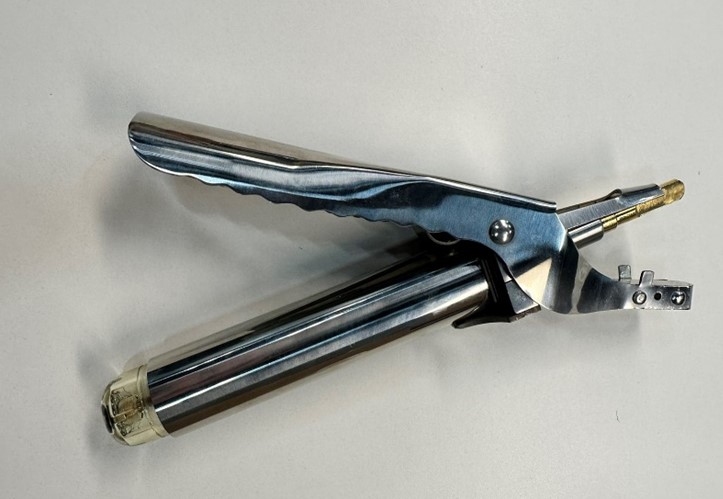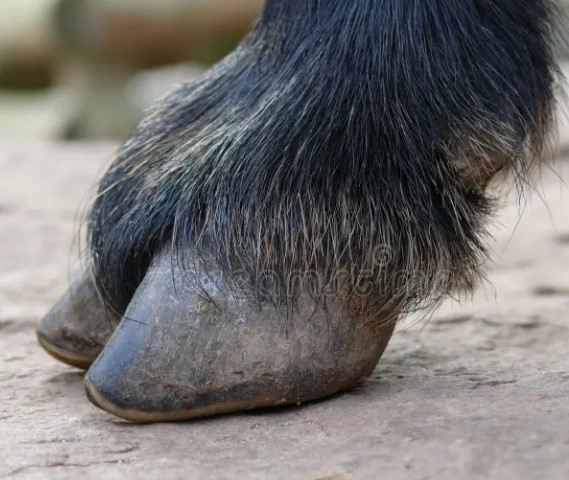ASF devastates a herd of pigs in northern China

Industry sources and analysts in CHINA say a wave of African swine fever (ASF) outbreaks has killed at least 20% of northern China's breeding herd. Reuters' analysis explains that this exceeds expected losses and heightens concerns about the potential impact of ASF in the south of the country.
it is likely that the deadly swine disease returned in the first quarter of 2021 after a year of declining new outbreaks. The presence of ASF is a major setback for China's efforts to rebuild its swine herds after previous ASF outbreaks in 2018 wiped out 50% of the country's pigs.
The impact of ASF slowed towards the end of 2019 due to the reduction in the number of pigs. Large pig producers have also learned to minimize the spread of the virus by removing infected pigs from the herd proactively, a process referred to in the industry as "teeth extraction".
But an exceptionally cold winter, higher pig densities after a year of recovery, and new strains of swine fever have sparked a new wave of outbreaks in the northeast, northern China and Henan, the country's third-largest hog-producing province.
“At least 20% of the herd, and maybe even 25% in the northern and northeastern provinces of China, were lost due to outbreaks in the first quarter,” said Jan Kortenbach, CTO of feed company Wellhope-De Heus Animal. nutrition.
A report from the founder of Cifco Futures says that Henan has lost between 20% and 30% of breeding sows and that the damage could be "irreversible".
Beijing Orient Agribusiness Consultant Ltd reported last month that pig numbers in northern China fell 25-30% in March from February.
Food security is a sensitive issue in China, and the government has confirmed several outbreaks of African swine fever since the virus began to spread. Numerous industry insiders have described the impact as more severe than official figures suggest.
Read together with it:
- UniCredit заявил о галактических усилиях из-за санкций против РоссииUniCredit старается не нарушить «более 15 тыс. санкций», а также не «совершать ошибки», которые позволят изъять его активы в России, заявил гендиректор. После начала военной операции банк начал рассматривать возможность ухода Итальянский банк UniCredit прилагает «галактические усилия», пытаясь соблюсти международные санкции в отношении своего российского подразделения. Об этом заявил генеральный д...
- "Коллективы АПК способны решать любые задачи даже в непростых условиях". Назаров о заслугах сельхозпроизводителейЮрий Назаров 13 ноября, Минск. Обеспечение продовольственной безопасности страны - большое достижение трудовых коллективов аграриев, отметил управляющий делами Президента Республики Беларусь Юрий Назаров на торжественной церемонии награждения государственными и иными наградами работников АПК Управления делами Президента Республики Беларусь, передает корреспондент БЕЛТА. Торжественная церемония наг...
- He crawled to the icon with prayer. The true story of a man who overcame drug addiction.Alexander Ovchinnikov. Topic News. Our project's hero was a drug addict for many years. The thought that this was a dead end never left him, but his addiction proved stronger. One day, when he could no longer walk, he crawled to an icon in prayer. This became his first step toward a new life. Today, he heads a charity center that helps those who have given up hope and are unable to quit ALCOHOL an...
- Колумбия: При экспорте скота сертификация и прослеживаемость больше не являются необязательнымиВысококачественное животноводство, особенно при экспорте, требует сертификации и прослеживаемости. Это необходимые условия для выхода и конкуренции на многих международных рынках, а также на некоторых всё более требовательных внутренних рынках. Колумбийское животноводство не является исключением из этих правил, и, хотя предстоит ещё многое сделать, всё большее число ферм и компаний внедряют эти ме...
- Pharmaceutical companies see a threat to EU security due to bacteria in UkraineAntibiotic-resistant superbugs have been detected in Ukrainian soldiers since the beginning of the conflict, and now they pose a threat to Europe, according to a foundation developing antibiotics.The Ukrainian conflict threatens Europe with antibiotic-resistant "superbugs," said Henry Skinner, CEO of the AMR Action Fund, which specializes in investing in antimicrobials. His article was published o...
- Scientists have identified a human virus comparable to COVID-19.The human respiratory syncytial virus (RSV) may be comparable in severity to influenza and CORONAVIRUS. This is the conclusion reached by Singaporean researchers collaborating as part of the PREPARE program, according to the press service of the Singapore General Hospital. Scientists conducted three studies to assess the severity of the disease, the risk of cardiac complications, and its long-term...




























































